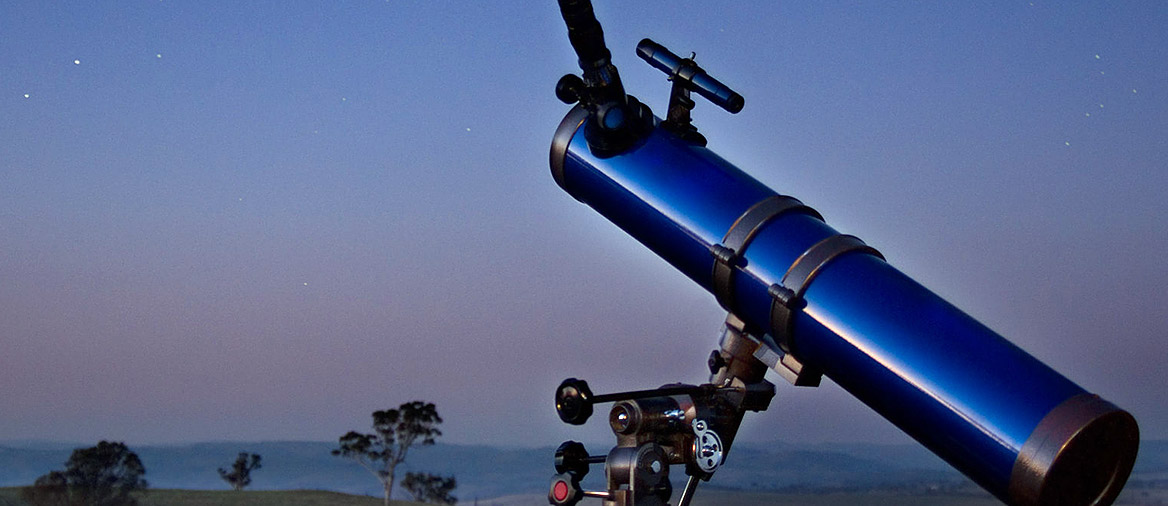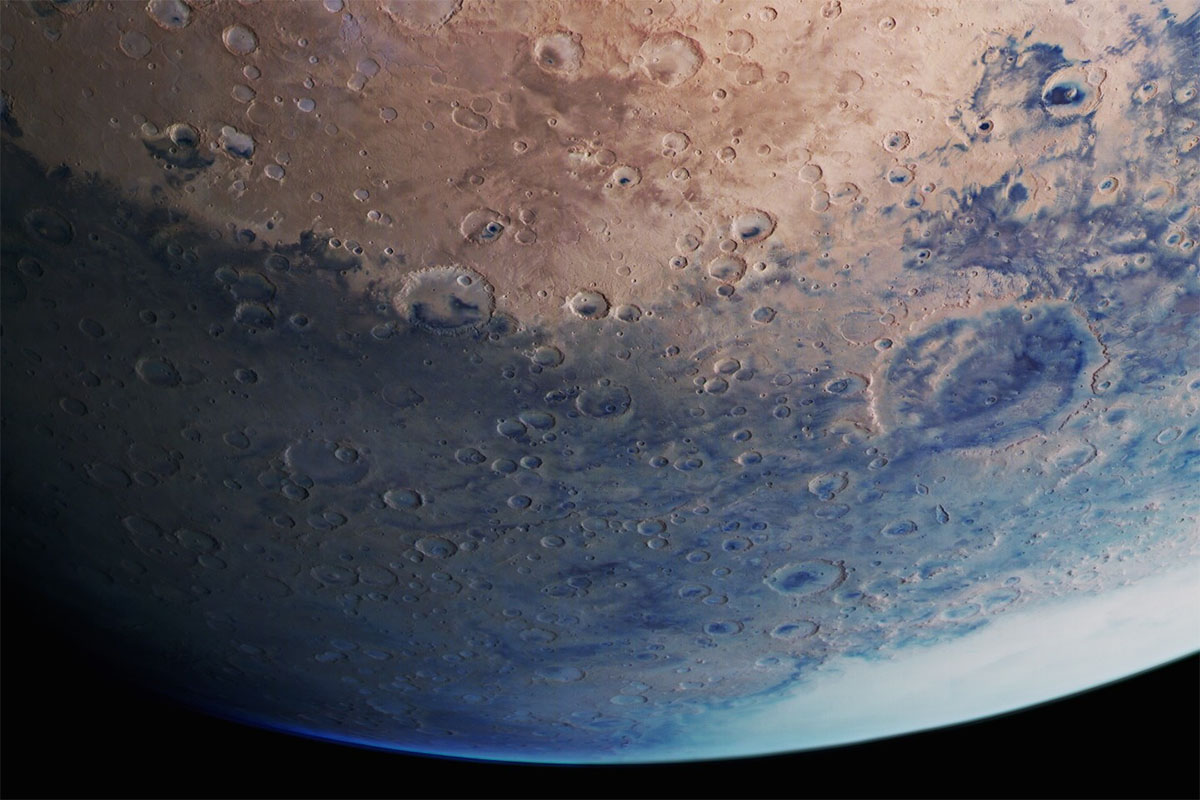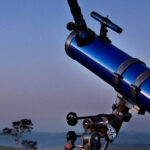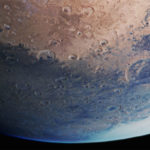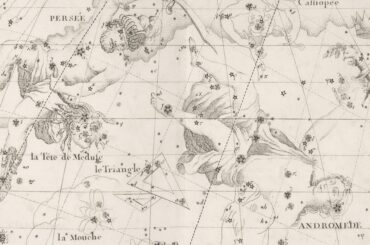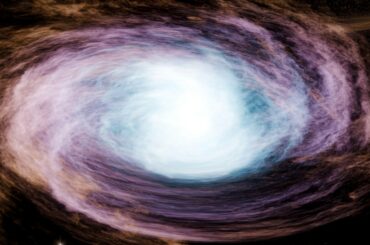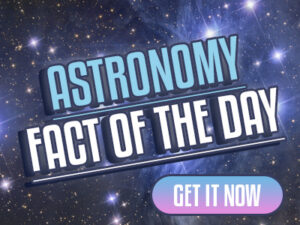Latest
This comprehensive list highlights 8 Planetariums in Iowa, providing city, address, and admission prices to help you plan educational outings, family trips, or date-night stargazing. Use this guide to compare locations, check hours and accessibility, and discover special shows, school programs, and membership options so you can choose the best planetarium for your next celestial adventure.
Explore 10 cosmic events that typically recur on roughly 100-year timescales — from long-returning comets and century meteor outbursts to rare solar and planetary cycles. This hub post summarizes each event and links to detailed guides so you can learn what they are, when they happen, and how to observe them.
Explore 29 Constellation Names for Girls inspired by the night sky, mythology, and nature. Learn each name’s origin and meaning to find a celestial baby name with timeless charm.
Explore eight major types of exoplanet atmospheres in this hub post, from hydrogen-rich gas giants to thin rocky-world envelopes. Each type includes key traits, observational signatures, and linked deep-dive articles so you can learn what they reveal about formation and habitability.
Discover 12 incredible facts about Uranus — the icy, sideways-tilted giant of our solar system. This hub highlights surprising details about Uranus’ extreme axial tilt, faint rings, 27+ moons, unusual atmosphere, and exploration history, and links to in-depth articles for each fact, with clear, sourced explanations and vivid visuals.
This comprehensive list of Circumpolar Stars catalogs 32 stars visible year-round, giving constellation, declination, and minimum latitude for visibility. Perfect for amateur astronomers and navigators, the table helps you identify which stars remain above your horizon to plan observing sessions, astrophotography, and star-navigation. Use the data to create star charts and plan night-sky trips.
Uncover 12 essential facts about cosmic dust and its importance across astronomy, planetary science, and climate. This hub article explains how dust forms and moves, its role in star and planet formation, its effects on light and chemistry, and why it matters for space missions and Earth’s environment, with links to deeper posts on each topic.
Explore a complete list of 22 planetariums in Michigan with city locations, addresses, and venue types to help you find the best spots for stargazing and astronomy programs. Whether planning a family outing, school field trip, or solo visit, this guide helps you compare facilities and plan your next visit.




